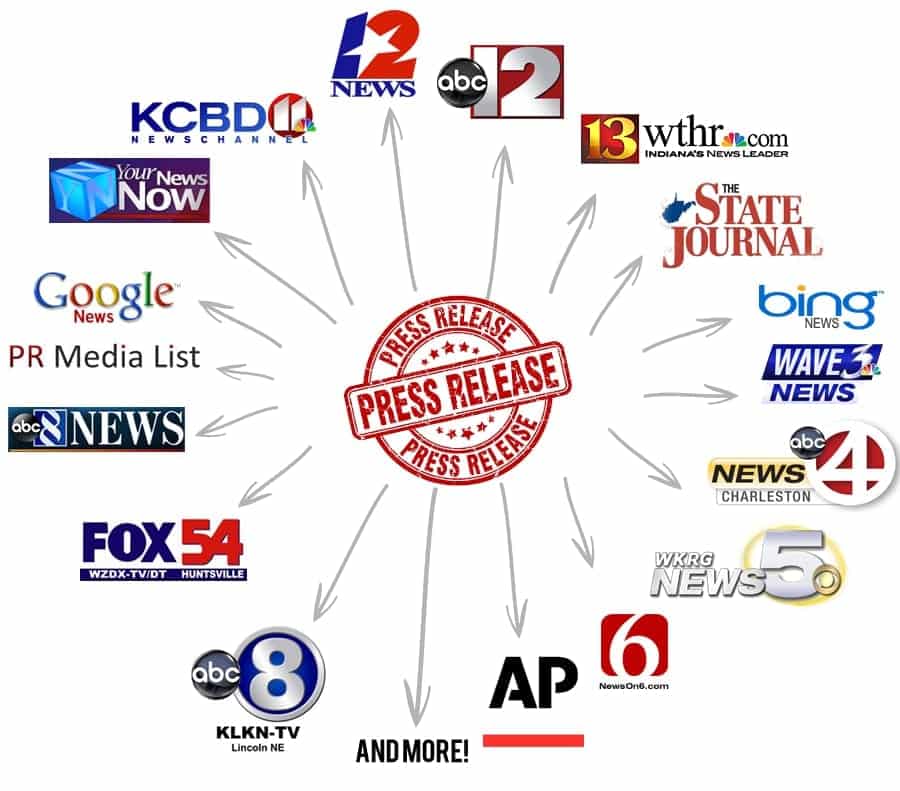Despite the fuss that press releases are dead – press releases, perhaps more appropriately titled news releases, remain a steadfast and effective tool in the marketer’s tool kit. There is one simple reason: in a Web-based world, online news releases afford the opportunity to create your own audience and reach your target market directly.
Certainly news releases have changed, in many ways the modern news release is like a standalone landing page, with quotes, multimedia and additional resources and links to relevant information. If the news distribution service you use archives your release indefinitely, then your release can continue to gain traffic even years after being initially published. To take advantage of this opportunity here are five tips for optimizing your news release for new media:
1. Write for New Media
It used to be that a press release helped to sell a story to the traditional media. The press release provided the news hook and the media provided the story. Because search and social channels enable you to create your own audience, rather than try to reach that audience through the media, an online news release sometimes is the story. If that’s your goal, then consider writing for new media. Some of the news releases I’ve found most impressive, and more shareable, read with the informal language of blog posts than of traditional corporate speak.
2.Write for People and Then Search
This a question we get a lot: should you write for people or write for search engines? The answer is simple – people read content, not search engines, so write for people. However, this can mean deciding between a clever headline and a headline that contains your key words. While a punchy title might earn attention initially, the key words will earn attention for months, perhaps even years through search. That said, I think you can have it both ways: use key words in your title and save the catchy lines for Twitter and e-mail subject lines.
3.Use Images
As the old adage goes, a picture is worth a thousand words. The visual impact of showing over telling cannot be understated. However, be sure to optimize your images for search — this means adding a title and tags (key words) to the image. You can do this by right clicking on your image and adjusting the properties, or some services, like PRWeb, provide the ability to add ALT tags to your images when you upload them to be included with your release.
4. Use Video
If a picture is worth a thousand words, then video is worth millions. We live in a world where we create as much information every two days as we did from the beginning of civilization until 2003. Suffice to say attention is at a premium. PRWeb’s primary research shows the impact of multimedia on news consumers can increase the time they spend with your content on average 30 seconds. Thirty seconds is almost an eternity in an era where attention is in a constant deficit.
5. Tie Your Release To Your Social Networks
Cheryl Lawson, owner of The Perfect Date, an event planning firm, tied her releases for a non-profit to her Facebook page and grew its membership by 177 percent. She wrote for a cause and gave her audience a reason to join that cause on Facebook. One note of caution: its better spend time growing and engaging your community first – social media requires give and take. If all you do is share your press releases, people may be less inclined to join your community. I often try to follow a 3 to 1 rule as a guideline: three pieces of neutral and valuable content, for every one piece that might be considered promotional. Even then, the promotional piece should provide value to the community.




